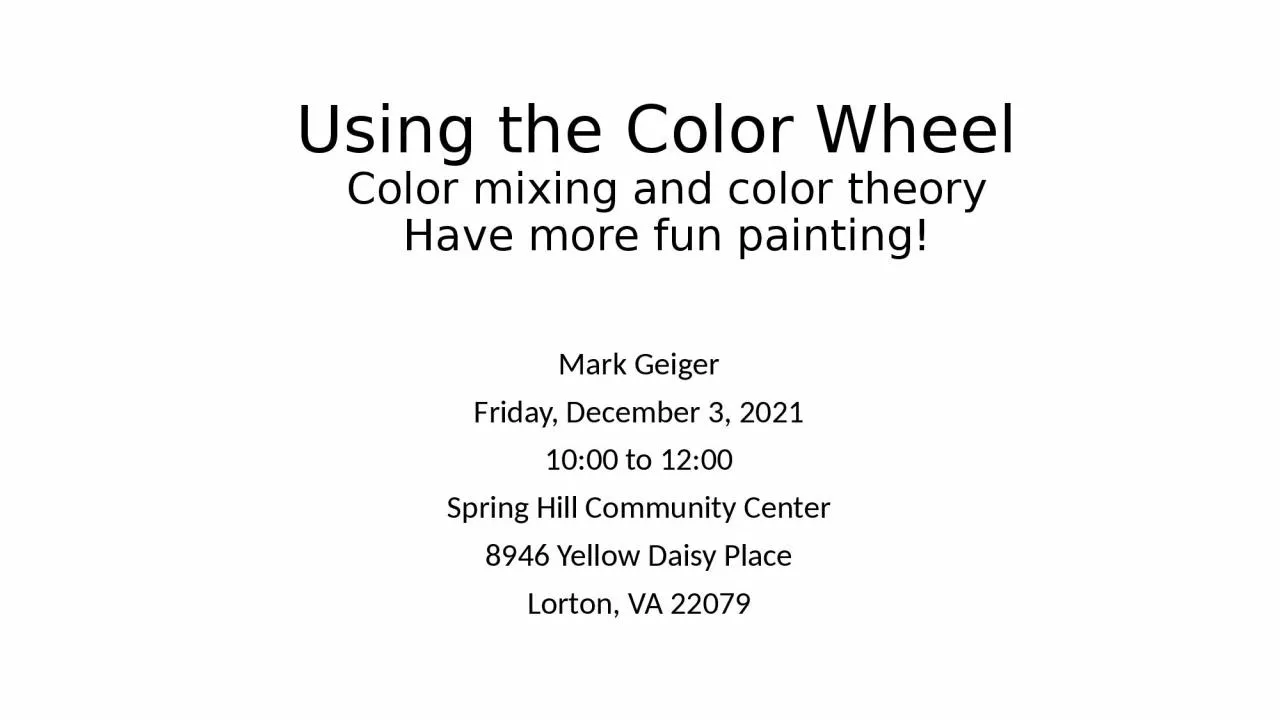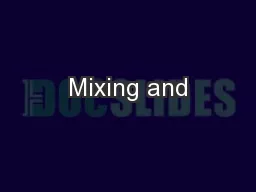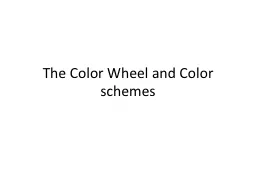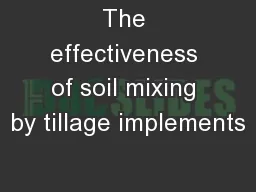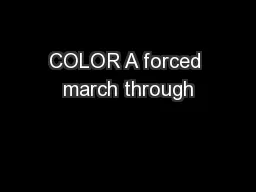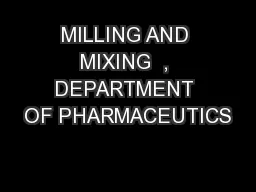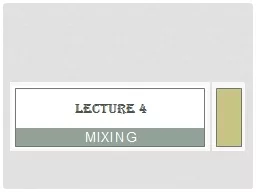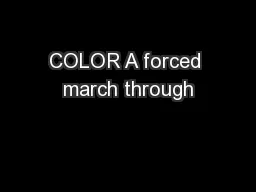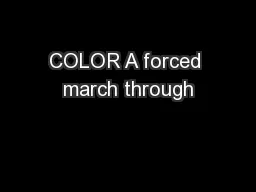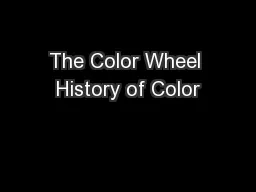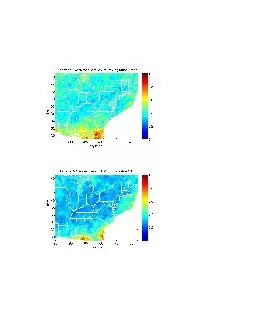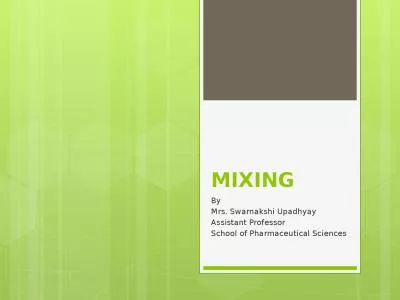PPT-Using the Color Wheel Color mixing and color theory
Author : ariel | Published Date : 2023-05-20
Have more fun painting Mark Geiger Friday December 3 2021 1000 to 1200 Spring Hill Community Center 8946 Yellow Daisy Place Lorton VA 22079 Using the Color Wheel
Presentation Embed Code
Download Presentation
Download Presentation The PPT/PDF document "Using the Color Wheel Color mixing and ..." is the property of its rightful owner. Permission is granted to download and print the materials on this website for personal, non-commercial use only, and to display it on your personal computer provided you do not modify the materials and that you retain all copyright notices contained in the materials. By downloading content from our website, you accept the terms of this agreement.
Using the Color Wheel Color mixing and color theory: Transcript
Download Rules Of Document
"Using the Color Wheel Color mixing and color theory"The content belongs to its owner. You may download and print it for personal use, without modification, and keep all copyright notices. By downloading, you agree to these terms.
Related Documents

